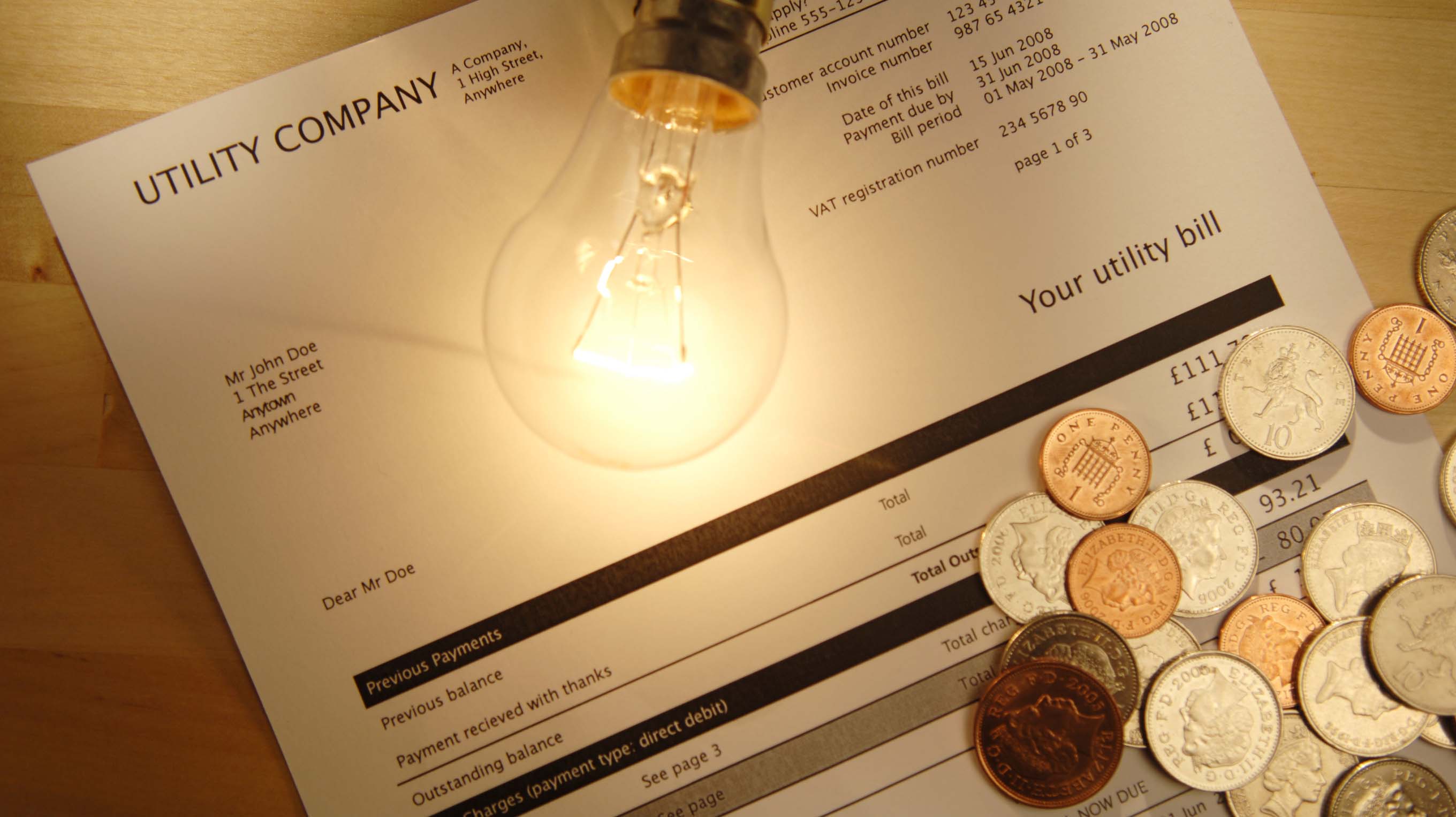Imposing higher tariffs on those who exceed reasonable consumption limits is most effective way of convincing the public to consume electricity prudently, a veteran economist says.
"The experience of developed countries shows that the only solution to impel subscribers to use power judiciously is byrevising prices and imposing a surcharge on heavy consumers that would cover real prices that include the costs for generation, dispatch and transmission," Ali Shams Ardekani, who is also the head of Energy Commission of Iran Chamber of Commerce, Industries and Mines, told IRNA.
According to Ardekani, long gone are the days when advising people would spur consumers to moderate their usage and cut down on their power bills.
Ardekani, a former diplomat and government advisor who holds a PhD in economics, believes that large consumers must be levied much higher prices compared to regular users.
"There must be a tangible difference between electricity tariffs in peak and non-peak hours so that subscribers feel the necessity to scale down consumption," he said.
"By adopting such an approach, more consumers will opt to purchase efficient appliances to ease power demand, while officials won't have to plead with people to turn off more lamps."
Ardekani argues that policy and decision makers have adopted a wrong approach in not charging subscribers based on a stepwise pricing scheme, in which all consumers are charged a fixed price per kilowatt-hour, but a surcharge is imposed if consumption exceeds certain brackets.
According to the official, the same plan can be applicable in industries and agriculture.
Ardekani laments the "inexpensive power prices" and says low tariffs have encouraged farmers to equip their wells with electric pumps, which normally work for three months non-stop, a scenario that definitely translates into wasting public and national funds. The veteran opines that the wells in agriculture sector should be identified and equipped with smart meters. He wants farmers to be allowed to use the pumps only between 11 p.m. and 5 a.m. when demand is low.
"The government ought to offer incentives to encourage households to use solar panels on their rooftops," he said, adding that utilizing solar panels would be economically viable as they can generate a maximum amount of electricity between 2 and 3 p.m. that normally coincides with peak hours.
With more than 300 sunny days throughout a year, well above the likes of the UK with 150 days of sunlight per year on average and with far less intensity, Iran has huge potential to expand solar energy infrastructure.
The country's electricity consumption reached a peak of 55,400 megawatts last week, experiencing a 7% rise compared with the consumption level in the corresponding period of last year. The record is the highest since keeping records started nearly a century ago.
Iran's Energy Ministry says electricity demand is forecast to reach 56,000 MW this summer. With an installed power production capacity of around 76,000 MW, Iran meets almost 80% of its electricity demand from aging thermal plants that have been operating for decades.
Iran's power consumption shoots up in summer, as demand to feed air-conditioners soars.


